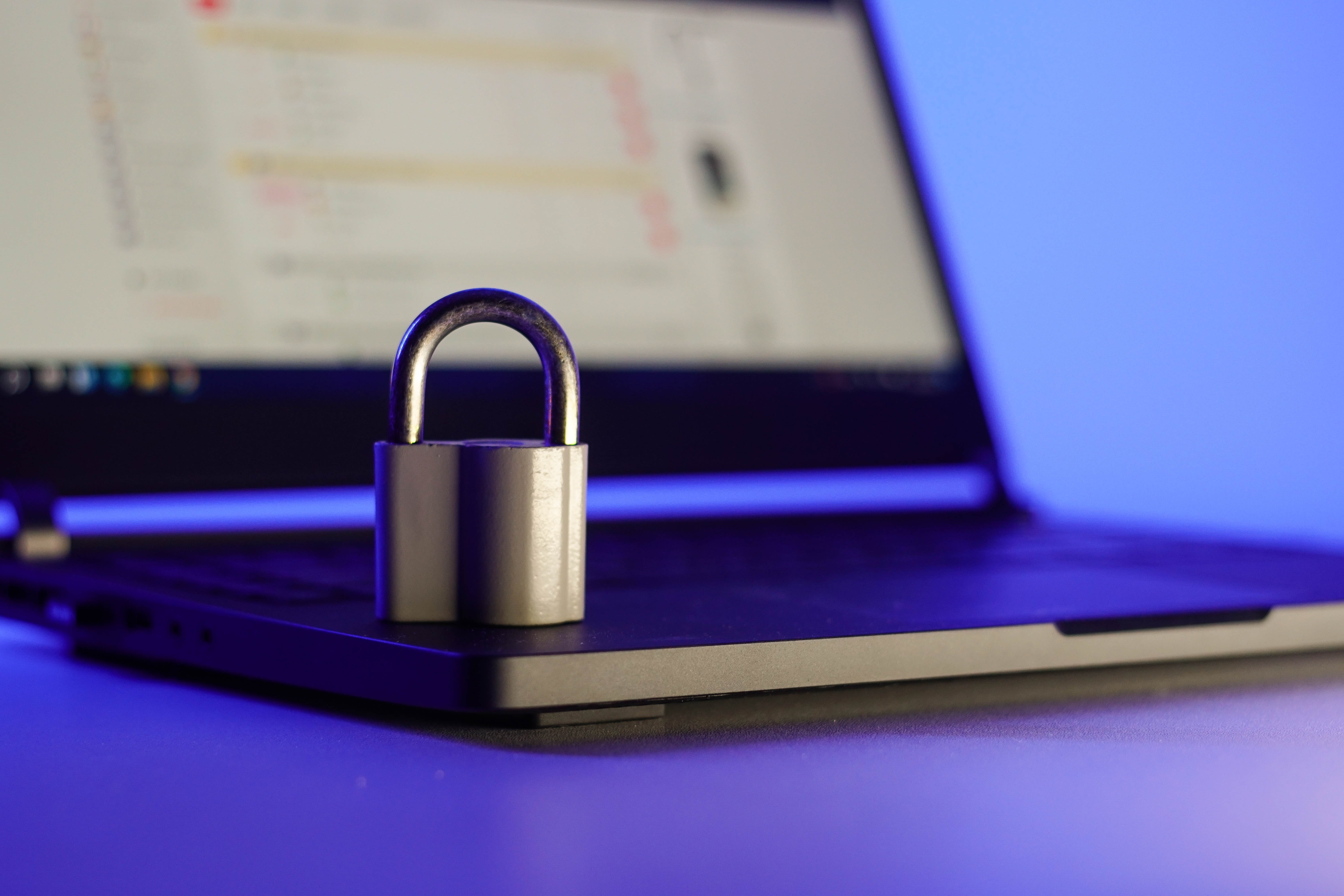Pause Before Clicking: Don't Swallow That Phishing Hook!
Senit Lutgen is a student in the Winter 2023 Cohort of our Cyber Defense Analyst Bootcamp. Below, he details some of the tell-tale signs that a...

Malware, which is short for malicious software, is any software that is designed to cause damage to computer systems, networks, or devices. Malware can take many different forms, including viruses, worms, trojan horses, ransomware, and spyware.
In this blog, we’ll discuss three of the most common types of malware.
A virus is a type of malware that is designed to replicate itself and spread to other computers or devices. Viruses can be spread through email attachments, file downloads, or infected software. Once a virus infects a computer, it can cause a variety of problems, including data loss, system crashes, and performance issues.
Some viruses can also be used to steal sensitive information, such as login credentials or financial data. Fun fact: this self spreading behavior is also referred to as “worm” behavior or a “Worm Virus.”
A trojan, or trojan horse, is a type of malware that is disguised as legitimate software. Trojans are typically spread through email attachments, file downloads, or infected websites. Once a trojan is installed on a computer, it can perform a variety of malicious activities, such as stealing sensitive information, opening backdoors to allow remote access to the system, or installing additional malware. Unlike viruses, which can replicate themselves, trojans cannot. They usually have to be executed by a user.
Ransomware is a type of malware that encrypts your files and demands payment in exchange for the decryption key. Ransomware can be spread through email attachments, file downloads, or infected websites.
Ransomware is one of the louder and more overt forms of malware, as a message is displayed upon infection to let victims know their files are locked and will remain encrypted unless a payment is made. Otherwise, threat actors usually threaten to permanently delete the files or refuse to decrypt them—or even threaten to release the files publicly online in a move called double extortion.
There are a few simple steps you can take to protect yourself against malware.
Installing antivirus software is a no-brainer when it comes to defending against malware. Choose software released by a reputable organization, and make sure to keep the software up-to-date.
It’s important to note that antivirus software can only defend against known malware. Antivirus software checks for known malicious code, so it can’t properly defend against brand new threats (such as 0-days) until the antivirus provider updates the software with additional indicators. They’re usually pretty quick about getting those new signatures out to customers, so all the more reason to make sure your software is up to date.
There’s a reason why verify, then trust is a common phrase you’ll hear in cybersecurity.
Don’t interact with emails when you don’t recognize the sender. Many forms of malware take hold because an unknowing recipient opens an attachment, which includes a malicious executable that runs—or even runs in the background without the user knowing it. If an email attachment or text message with a file download looks sketchy, just play it safe and don’t click it.
Make sure you’re backing up your files regularly so that if your device does become infected with malware, it’ll be easier to get back up and running. Ideally, backups will be isolated and on a different computer than the one you’re currently using. That way, if the virus goes in search of your backups, it won’t be able to find them. An example might be using an external hard drive that you disconnect from your computer once a backup is complete. You could also use web options like Microsoft’s OneDrive or Google Drive to stash your stuff.
Want to learn more cybersecurity basics? Check out our free Foundations course!

Senit Lutgen is a student in the Winter 2023 Cohort of our Cyber Defense Analyst Bootcamp. Below, he details some of the tell-tale signs that a...

Here’s a scenario: a cybersecurity analyst might have to respond to a network that has been compromised by sophisticated malware evading traditional...

Cyber hygiene. It’s a term thrown around quite a bit in the cybersecurity industry, but what is it?